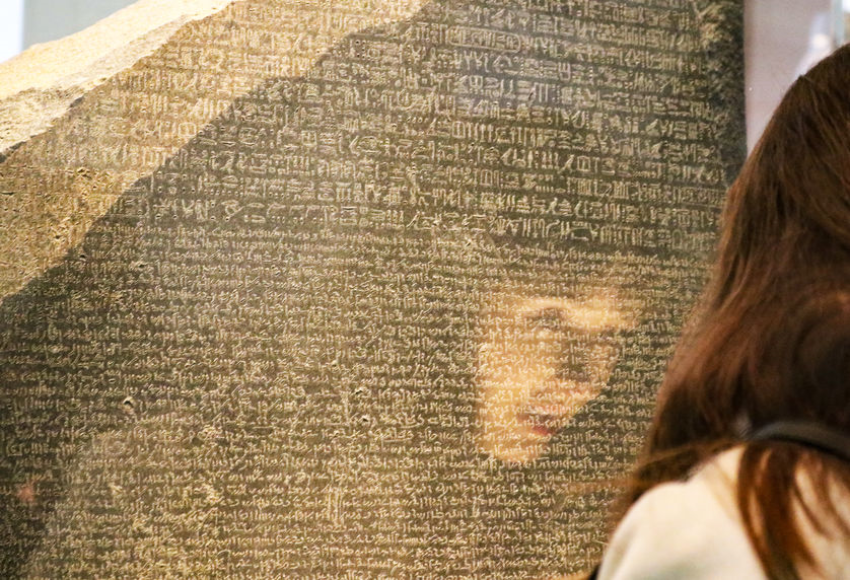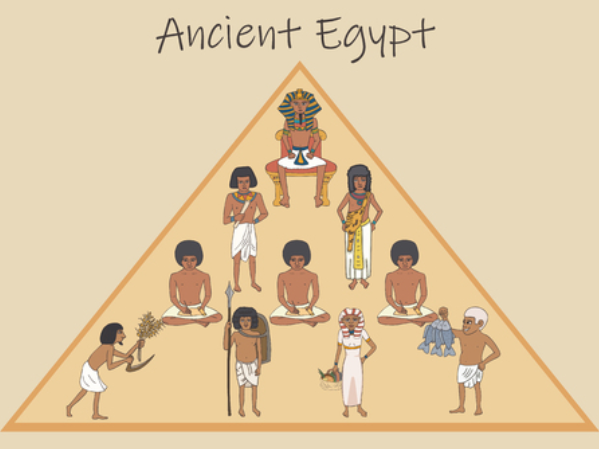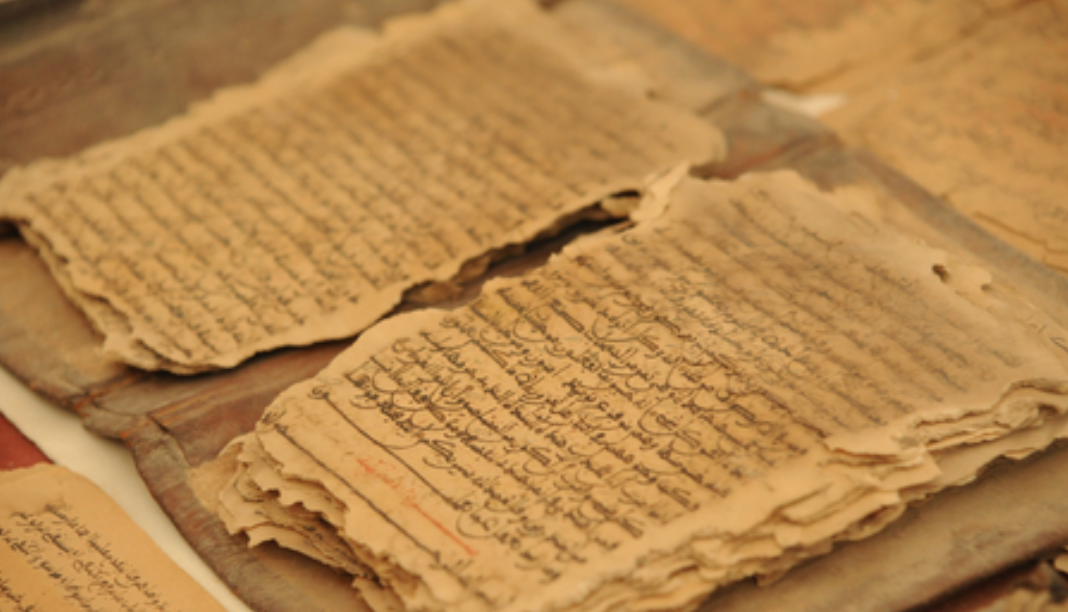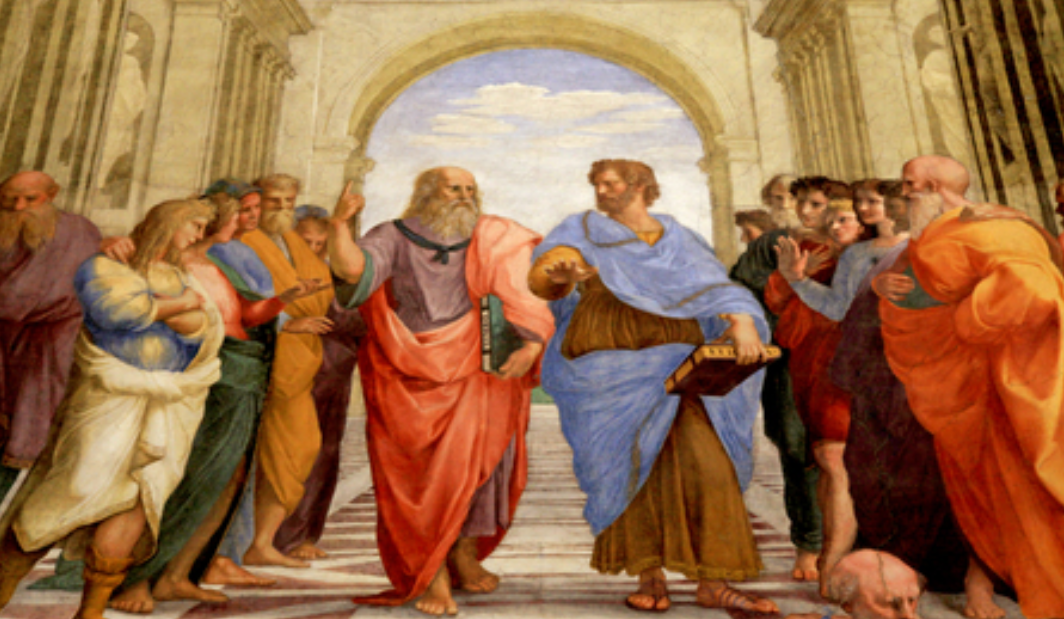What is the origin of translation?

Translation has existed since the dawn of humanity. As soon as people began to communicate with each other, they had to use translators and interpreters.
Translation is a profession that dates back to prehistory, and few professions can boast of going so far back in time. As suggested by the title of Walter Benjamin’s The Translator’s Task, we could give a poetic dimension to this profession.
However, the invention of writing marked an important turning point in the translation field. Therefore, it was necessary to find a way to render texts into other languages, especially for religious reasons of the time.
Índice de contenidos
Index of contents
Index du contenu
Inhaltsverzeichnis
Indice dei contenuti
1. First steps in the world of translation

In his book Antiquité et traduction, Michel Ballard confirms that the earliest recorded instance of interpreters dates back to around 3,000 BC in Egypt. In fact, tombs of princes, high dignitaries and interpreters have been found in a necropolis located on a hill opposite Elephantine Island.
There was already a hierarchy of interpreters, some of whom were believed to have earned the title of “chief interpreter”. In any case, it was a highly diplomatic function, as princes were responsible for important official diplomatic missions.
The earliest bilingual glossaries also date from the mid-third millennium BC, discovered in Ebla, present-day Syria. These are stone tablets on which scribes had compiled bilingual lists in the Eblaite and Sumerian languages.
2. The pioneers of modern translation

In approximately 270 BC in Alexandria, 72 Jewish scholars from the 12 tribes of Israel translated the Septuagint (the Old Testament) from Hebrew to Greek. They can be considered the first to scientifically collaborate on a collective translation.
In 383 AD, Saint Jerome, the patron saint of translators, began translating the Bible from Hebrew and Greek to Latin at the Pope's request, resulting in the Vulgate. He dedicated the rest of his life to this task. It can be said that he elevated translation to a level of precision and excellence that remains difficult to match even today.
3. Bayt Al-Hikma: The ancestors of translation agencies

Founded at the beginning of the 9th century, the Bayt Al-Hikma (meaning “houses of wisdom”) were Arab institutions that processed, preserved, and translated available works.
They greatly contributed to the circulation of knowledge at that time. The most important was the Bayt al-Hikma of Baghdad, the library of Caliph Harun al-Rashid.
It housed a team of experienced translators who translated works by the most relevant authors of the time (Pythagoras, Plato, Hippocrates, etc.) on a wide range of subjects, such as medicine, philosophy, mathematics and music.
Therefore, modern translation agencies are also characterised by this approach to the circulation of knowledge, as high-quality translations always require competence and scholarship.
4. The importance of ancient languages in translation

Before the emergence of the powerful British Empire and its colonies, several languages were used as official or working languages in scientific, philosophical, and theological fields.
In the aforementioned Bayt Al-Hikma, translators used the most important languages of the time: Greek, Latin, Syriac, Arabic, Persian, Hebrew and Sanskrit.
Therefore, translation has a long tradition and the work of a translator can be considered essential and noble. The main translation agencies today, aware of their rich heritage, continue to contribute to this irreplaceable craft.
The quality of translations, though facilitated by certain Computer-Assisted Translation (CAT) tools, can not substitute this age-old human activity.
Other articles you may be interested in:

Blog writer and Community Manager interested in multiculturality and linguistic diversity. From her native Venezuela, she has travelled and lived for many years in France, Germany, Cameroon and Spain, passing on her passion for writing and her intercultural experiences.



Add new comment